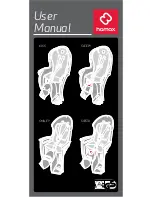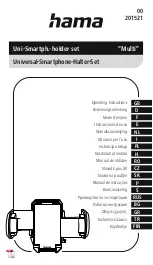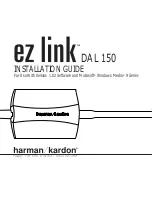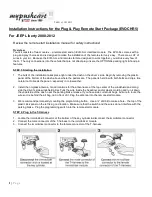
the occupant’s size category, which could cause the system to activate the passenger
front air bag even though it should have been deactivated, or vice versa.
Use the PASS AIR BAG OFF indicator lamp to determine whether the passenger front air
bag is deactivated. The PASS AIR BAG OFF indicator lamp will illuminate after the
ignition is turned on. It will continue to illuminate if the front passenger seat is
unoccupied.
On vehicles equipped with OCS, deactivation of the passenger front air bag can occur as a
result of various factors, such as an empty seat or an occupant who does not meet a
certain minimum weight, or foreign objects interfering with the system.
Demonstration of available airbags in the M-Class (W 163). The accident-specific
circumstances determine which airbag(s), if any, will deploy.
Side impact air bags.
A side impact air bag is designed to help further protect the thorax(that is, upper body,
but not the head, neck or arms) of the occupant sitting on the impacted side of the vehicle
in a collision generating a lateral (sideways) vehicle acceleration / deceleration rate
meeting the system’s deployment threshold sensed early in the collision. In such cases,
the side impact air bag deploys in the area of the door below the side window (door
mounted side impact air bag) or directly next to the affected seat (seat backrest mounted
side air bag). Side impact air bag installation positions vary depending on the vehicle
model. See the operator’s manual for further details.
The lateral acceleration / deceleration rate required to deploy the side impact air bag
must be sensed by the system even earlier in the accident sequence for side-impact
collisions than for frontal collisions, as the distance between the occupant and the object
involved is much smaller in the side-impact collisions. Side impact air bags are designed
to deploy:
9
Summary of Contents for SEAT BELTS AND AIRBAGS
Page 1: ...SEAT BELTS AND AIRBAGS ...





























